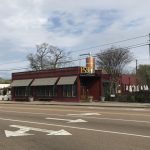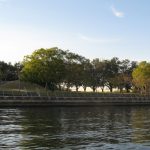In the early 1970’s, recognizing the importance of a strong manufacturing base and the value of our inner city industrial areas, the City of Portland created an Industrial Sanctuaries Policy. Under this policy, the City “provides industrial sanctuaries” to “encourage the growth of industrial activities in the City by preserving land for manufacturing purposes.” One of the primary districts for this policy was the Central Eastside District (CES), a 600-acre subdistrict of Portland’s Central City, which is zoned primarily for industrial and employment land uses. Over the years, as traditional manufacturing/warehousing uses have migrated to areas with larger parcels and easier access to the regional transportation network, the area has become attractive to other industries, including technology and industrial design focused firms.
Today, the CES houses over 1,100 businesses and 17,000 jobs. Whereas much of the Portland region saw decreasing employment during the economic downtown, this district grew and is now the location of choice for a variety of industrial and creative businesses. Key elements to the area’s evolution are its unique collection of historic industrial buildings, space affordability, and centralized location adjacent to Portland’s business core.
The City is now set to develop a 25-year plan for the district and is faced with a reconsideration of what it means to protect traditional and heritage industrial users while incentivizing the growth of newer emerging sectors and providing flexibility for the unknown industries of tomorrow. The City has also invested in multi-modal transportation infrastructure in the CES, including the Portland-Milwaukie Light Rail line opening in 2015.




